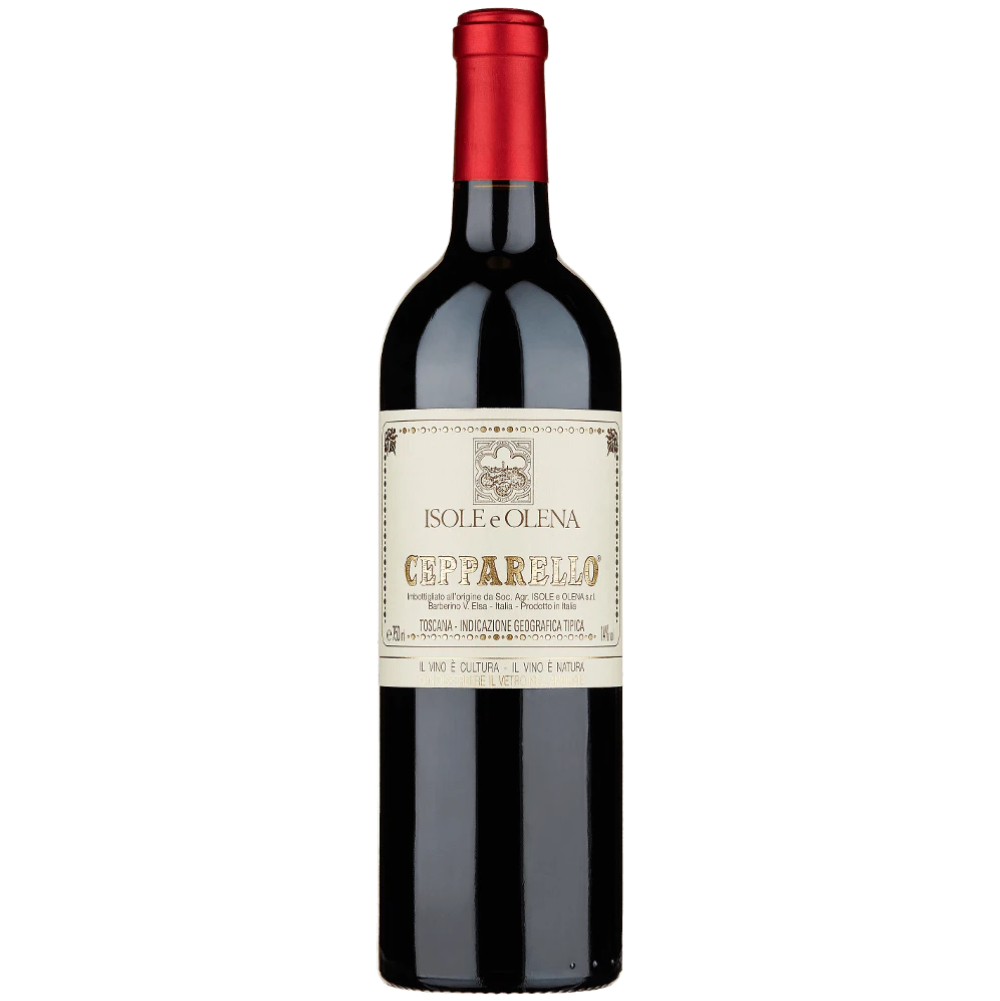The Vineyard
Isole e Olena is located in the Chianti Classico region of Tuscany. The estate was formed in the 1950s through the merger of two adjacent properties, Isole and Olena. It covers approximately 125 acres (50 hectares) of vineyards at altitudes ranging from 1,150 to 1,640 feet (350 to 500 meters) above sea level in western Chianti Classico. The estate was family owned until 2022 when Paolo de Marchi sold the estate to EPI, an investment group that also owns Biondi-Santi in Montalcino.
The Mediterranean climate is characterized by warm, dry summers, mild winters with occasional frost, and annual rainfall averaging approximately 31 inches (78 cm). Sangiovese is the principal grape variety, complemented by Cabernet Sauvignon, Syrah, and Chardonnay.
The estate features four principal soils:
Galestro: A flaky, schist-based soil found at 1,310-1,640 feet (400-500 m) altitude. Vines: Sangiovese, Chardonnay.
Alberese: Compact, limestone-rich soil at 1,150-1,310 feet (350-400 m) altitude. Vines: Sangiovese, Cabernet Sauvignon.
Clay and Sandstone: A mix of clay and sandy deposits found at 980-1,150 feet (300-350 m) altitude. Vines: Sangiovese, Syrah.
Alluvial Deposits: Silty and clay-based soils located at 850-980 feet (260-300 m) altitude. Vines: Sangiovese, Cabernet Sauvignon.











